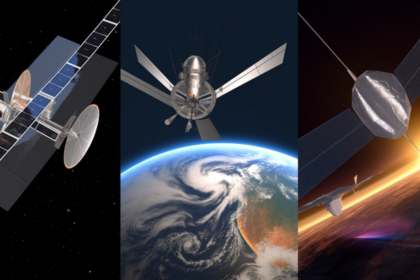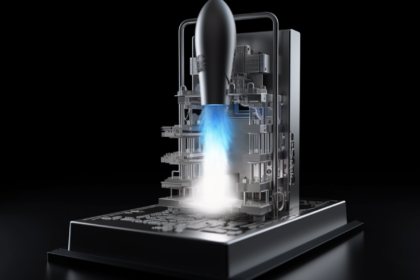SpaceX’s new direct-to-cell (DTC) Starlink satellites are causing a stir among astronomers due to their increased brightness compared to traditional Starlink satellites. These DTC satellites, intended to provide global cellular service, shine nearly five times brighter, contributing significantly to light pollution.
Falcon 9's latest delivery of 21 Starlink satellites may seem impressive, but let's not forget the potential for space debris and light pollution these launches bring. #SpaceX #Starlink #SpaceDebris
— Massage In Dubai (@MckenzieJo79811) July 29, 2024
The Impact of Increased Brightness
The DTC satellites orbit at a lower altitude of 217 miles (350 kilometers), making them more visible and brighter in the night sky. This increased brightness has raised concerns among astronomers about the potential interference with astronomical observations.
Mitigation Efforts and Challenges
SpaceX has previously implemented brightness mitigation techniques for its traditional Starlink satellites, including reflective surfaces and adjusted chassis orientations. However, these measures have not yet been applied to the DTC satellites. If implemented, the DTC satellites would still be 2.6 times brighter than the regular ones.
Broader Implications for Astronomy and the Environment
The rapid deployment of satellites contributes not only to light pollution but also to the growing problem of space debris. The increasing number of objects in low Earth orbit poses risks to both operational satellites and space missions, potentially leading to collisions and further debris.
A Call for Balance
While the goal of global connectivity is commendable, the trade-offs between technological advancement and environmental preservation must be carefully considered. Ongoing collaboration between SpaceX and the astronomical community is crucial to find a balanced approach that minimizes adverse impacts on both astronomy and the environment.
One potential use of AI is to get rid of these light strakes from trash like Starlink and other LEO "constellations". It's bad enough fighting light pollution without this problem on top.
— Chris Rolland FRAS (@Celt_UK) July 29, 2024
Are we prioritizing connectivity over the preservation of our night skies?
As SpaceX’s direct-to-cell Starlink satellites illuminate our skies with unprecedented brightness, the balance between technological advancement and environmental preservation becomes more crucial than ever. While global connectivity promises numerous benefits, it is essential to consider the environmental costs. The collaboration between SpaceX and the astronomical community must intensify to find innovative solutions that protect our night skies.
What are your thoughts on this issue? Should connectivity take precedence over our ability to observe the universe? Share your insights in the comments below.











